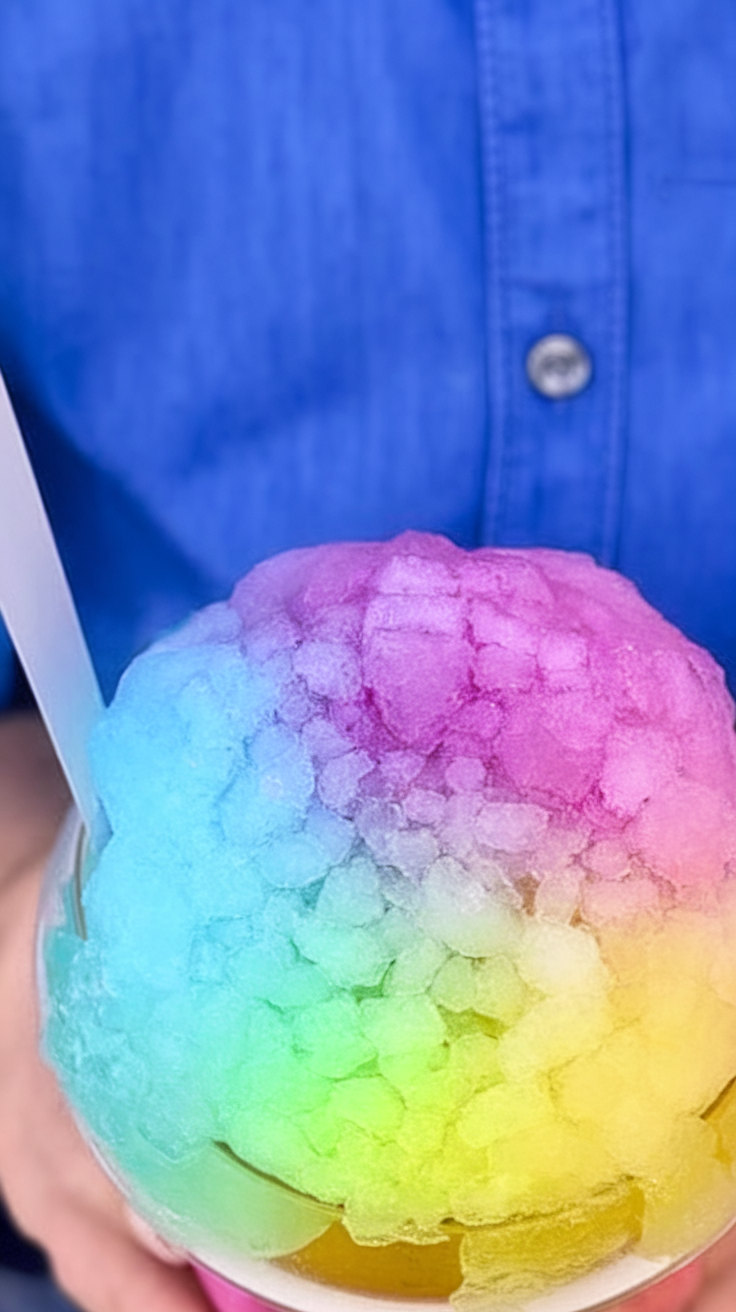When the summer sun blazes, I crave an icy, refreshing treat that doesn’t send my sugar levels into a frenzy—cue these invigorating sugar-free slushies! Imagine the chill of a winter breeze captured in a glass, bursting with natural flavors that dance on your taste buds like a spontaneous street performance. It’s the kind of simple joy that makes you forget, just for a moment, about everything else (like the latest viral dance challenge on TikTok).
Steps
- Gather ingredients: collect water, fruit-flavored drink mix, sweeteners such as stevia or sucralose, and glycerol.
- Mix water and fruit-flavored drink mix in a large container, stirring until completely dissolved.
- Add the chosen sweeteners and glycerol to the mixture, ensuring they are evenly distributed.
- Pour the mixture into a slushie machine or a suitable container for freezing.
- If using a slushie machine, follow the manufacturer’s instructions to process the mixture into a slushie consistency.
- If freezing manually, place the container in the freezer and stir every 30 minutes until the desired slushie texture is achieved.
- Serve the slushie immediately once it reaches the preferred icy consistency.

Ingredients
- Stevia or sucralose (as sweeteners)
- Glycerol (E422)
- Water (implied as a base for the slushie)
- Ice (implied as a component of the slushie)
- Fruit flavorings (implied for taste)
- case scenario for slush ice drinks.
FAQ
- Why are sugar-free slushies a concern for children?
- Sugar-free slushies have been linked to health issues in children due to their glycerol content. Young children, particularly those under eight, may experience symptoms like nausea, headaches, or more severe signs of glycerol intoxication after consuming these drinks.
- What is glycerol, and why is it used in slushies?
- Glycerol is a compound that naturally occurs in certain lipids and is used in sugar-free slushies to prevent the liquid from freezing solid. It helps maintain the icy texture without adding sugar, aligning with efforts to offer lower-sugar beverage options.
- Is glycerol safe for consumption?
- While glycerol is generally considered safe and approved as a food additive in several regions, issues arise when consumed in large quantities relative to body weight. This can lead to glycerol intoxication, especially in young children with lower body weights.
- How does glycerol intoxication affect children?
- Glycerol intoxication can cause symptoms like loss of consciousness, low blood sugar, and other metabolic disturbances in children. These effects are more pronounced in younger children due to their lower body weight, which makes them more susceptible to higher relative doses of glycerol.
- What are the safety guidelines for glycerol-containing slushies?
- The UK Food Standards Agency advises that children under four should avoid glycerol-containing slushies, and those aged ten or younger should not have more than one. There should be clear warnings at the point of sale, and free refills should be restricted for children under ten.
Tips
- Consider avoiding sugar-free slushies for children under the age of eight, as their lower body weight makes them more susceptible to glycerol intoxication.
- Be cautious about the quantity of glycerol-containing slushies that children consume, especially those under ten, as excessive intake can lead to side effects like headaches and nausea.
- If you choose to serve these drinks, monitor the child for any signs of illness, such as drowsiness or vomiting, and provide a glucose drink if symptoms appear, as it can help stabilize their condition.
- Pay attention to labels and ingredients when purchasing slushies, and be aware that there may be insufficient transparency about glycerol content, making it challenging to determine a safe consumption level.
Equipment

